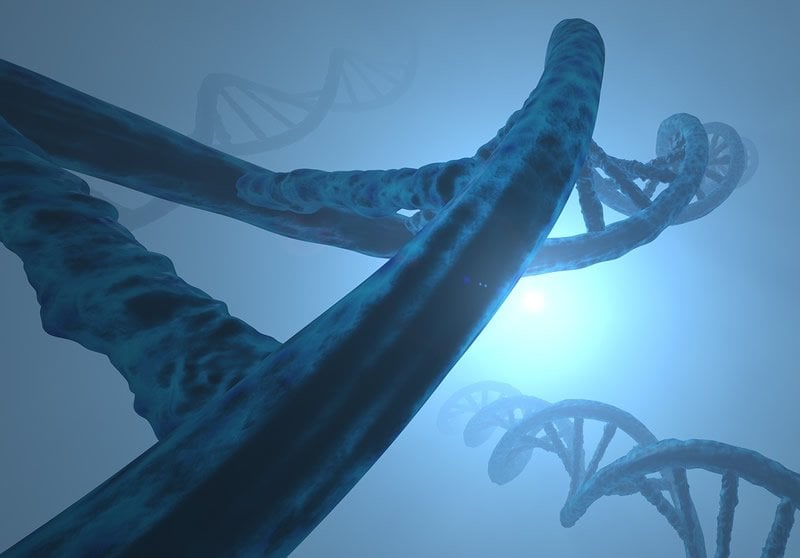Summary: A mutation in the KCND2 gene appears to improve cognitive flexibility in mice.
Source: NIH
Researchers at the National Institutes of Health have discovered in mice what they believe is the first known genetic mutation to improve cognitive flexibility—the ability to adapt to changing situations. The gene, KCND2, codes for a protein that regulates potassium channels, which control electrical signals that travel along neurons. The electrical signals stimulate chemical messengers that jump from neuron to neuron. The researchers were led by Dax Hoffman, Ph.D., chief of the Section on Neurophysiology at NIH’s Eunice Kennedy Shriver National Institute of Child Health and Human Development (NICHD). It appears in Nature Communications.
The KCND2 protein, when modified by an enzyme, slows the generation of electrical impulses in neurons. The researchers found that altering a single base pair in the KCND2 gene enhanced the ability of the protein to dampen nerve impulses. Mice with this mutation performed better than mice without the mutation in a cognitive task. The task involved finding and swimming to a slightly submerged platform that had been moved to a new location. Mice with the mutation found the relocated platform much faster than their counterparts without the mutation.

The researchers plan to investigate whether the mutation will affect neural networks in the animals’ brains. They added that studying the gene and its protein may ultimately lead to insights on the nature of cognitive flexibility in people. It also may help improve understanding of epilepsy, schizophrenia, Fragile X syndrome, and autism spectrum disorder, which all have been associated with other mutations in KCND2.
Source:
NIH
Media Contacts:
Robert Bock – NIH
Image Source:
The image is in the public domain.
Original Research: Open access
“Activity-dependent isomerization of Kv4.2 by Pin1 regulates cognitive flexibility”. Jia–Hua Hu, Cole Malloy, G. Travis Tabor, Jakob J. Gutzmann, Ying Liu, Daniel Abebe, Rose-Marie Karlsson, Stewart Durell, Heather A. Cameron & Dax A. Hoffman.
Nature Communications doi:10.1038/s41467-020-15390-x.
Abstract
Activity-dependent isomerization of Kv4.2 by Pin1 regulates cognitive flexibility
Voltage-gated K+ channels function in macromolecular complexes with accessory subunits to regulate brain function. Here, we describe a peptidyl-prolyl cis-trans isomerase NIMA-interacting 1 (Pin1)-dependent mechanism that regulates the association of the A-type K+ channel subunit Kv4.2 with its auxiliary subunit dipeptidyl peptidase 6 (DPP6), and thereby modulates neuronal excitability and cognitive flexibility. We show that activity-induced Kv4.2 phosphorylation triggers Pin1 binding to, and isomerization of, Kv4.2 at the pThr607-Pro motif, leading to the dissociation of the Kv4.2-DPP6 complex. We generated a novel mouse line harboring a knock-in Thr607 to Ala (Kv4.2TA) mutation that abolished dynamic Pin1 binding to Kv4.2. CA1 pyramidal neurons of the hippocampus from these mice exhibited altered Kv4.2-DPP6 interaction, increased A-type K+ current, and reduced neuronal excitability. Behaviorally, Kv4.2TA mice displayed normal initial learning but improved reversal learning in both Morris water maze and lever press paradigms. These findings reveal a Pin1-mediated mechanism regulating reversal learning and provide potential targets for the treatment of neuropsychiatric disorders characterized by cognitive inflexibility.






